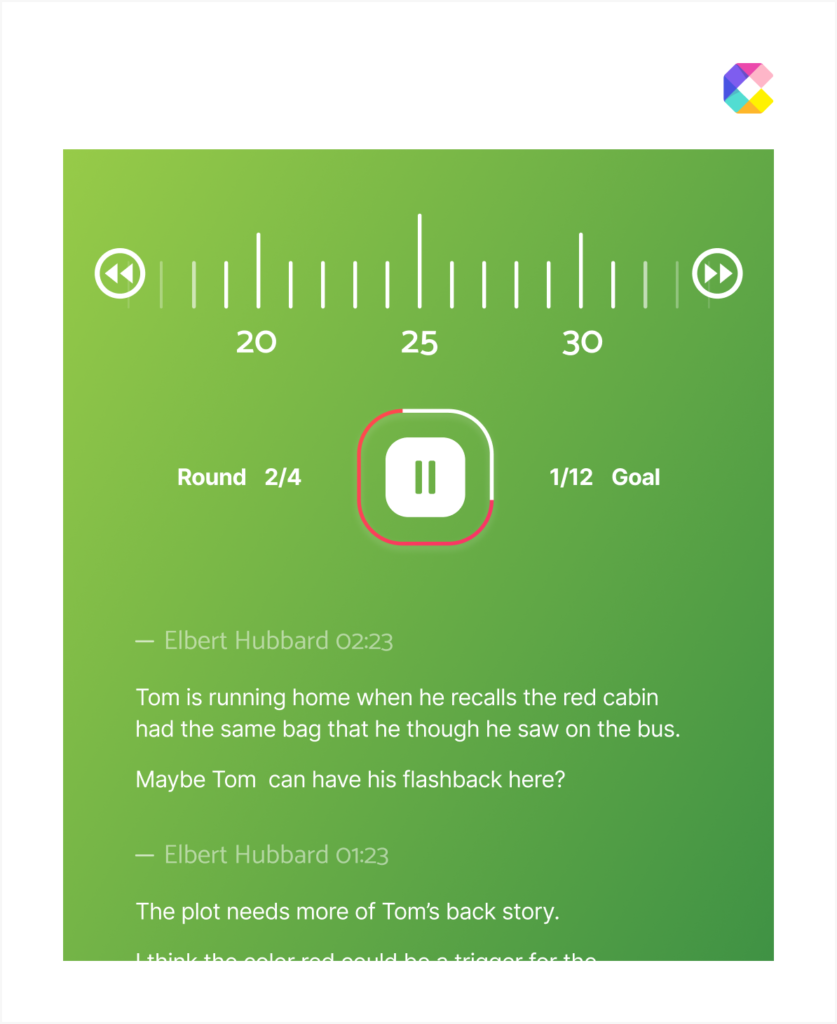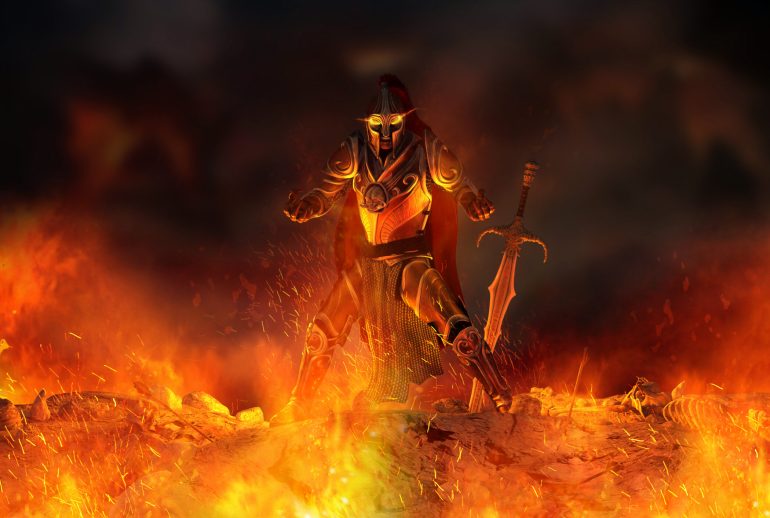If you write fantasy, you’ve likely already considered this in the form of maps. Readers love maps in fantasy novels, so this is a great idea anyway. But what about other novels? Should you include artwork in your romance novel? How about in your science fiction novel?
If you’ve never thought of this idea, then now is the time to consider if it’s the right choice for you, your books, and your author brand.
If you’ve been considering this idea, then you need to consider the ramifications, rules, and reader expectations.
No matter what you write, artwork could be helpful and delight readers. Let’s learn more!
Is using art a bad idea?
It’s a great idea that has the potential to be executed poorly or come with drawbacks.
If your author brand is built on including artwork, you might find yourself spending a lot in commission work for book art. Consider the costs before making this your preferred method. Can you handle the up-front costs of hiring an artist? Because you can not, under any circumstances, just take art you like and put it in your book. Copyright crimes are not fun to have to deal with and no author wants a DMCA takedown of the book they’ve worked so hard on. And you certainly don’t want to have to hire a lawyer to protect you from litigation—that can be costly and stressful, so just don’t do it.
If you’re an artist yourself, you need to consider your workload. In a sister article, we discuss the health and wellbeing of authors, how much work they do, and the health concerns of working, sitting, and stressing too much. If you plan to create your own book art, you need to make sure you’re not overworking yourself to the point of burn out, or you might ruin your entire career.
Consider printing costs. If you’re including full-color art pages, then the formatting and cost of printing novels will go up and be more difficult. If you don’t know how to do this yourself, then you’re going to have to learn. Is adding artwork worth the extra time it’s going to take you to learn and hone a whole new skill?
If these obstacles are no big deal for you, then there are plenty of ways to include art in your work. A fantasy novel that includes readers is a fun way to include artwork. Is your party looking for a specific plant? Show us the page in the book they’re using to find the plant so the reader has a visual cue what the party is looking for. That adds immersion to the story.
In science fiction, if your character finds a cool new weapon, show us what it looks like!
In paranormal fantasy, if a strange, scary new creature is discovered, let the reader see that animal via artwork.
You don’t have to include a lot of artwork, but a few visual clues along the way can really help pull a reader into the story and include them in a unique way that most books don’t.
What are the rules for using artwork in my novel?
I want to preface this by saying that I am not a lawyer, I can not give legal advice, and that I highly recommend you hire a lawyer with experience in copyright.
It is my understanding that no one can include any artwork they don’t own the copyright to (or don’t have explicit permission to use) in any novel, either in print or ebook form.
This means that you should not be searching google for artwork to include in your book. You need to be sure you have permission and/or hold the copyright for any artwork you use in any book. Failure to do so could result in litigation, and I promise you do not want that headache. So just do things by the book, follow all applicable laws, and when in doubt, hire a professional. It’s not worth the risk.
What kind of artwork should I include?
Again, I am a fan of clever use of illustrations in novels. Above, I mentioned that if your party is looking for a specific plant, show a page of the guide book they’re using to identify or look for that specific plant. Show other plants, make it look special, make the language one readers won’t understand, detail the drawing in a way that’s beautiful and eye-catching. This will draw the reader in and make them feel like they’re part of the hunt, even though they aren’t really, of course.
Introduce characters, set scenes, show us scary monsters, give the reader something they can think about that’ll make them feel more connected to and engaged with your story.
Illustrations should add depth, complexity, and exciting detail to your stories. It should help readers feel more grounded and immersed in your worlds. It should show them details that will increase their comprehension and understanding of what’s happening in the story. Use illustrations to your advantage and draw readers in.
Alternately, if you’re an established author, consider including fanart. Again, make sure you have permission to use whatever artwork is created, but this can be a way to invite readers into your world, to see how they see your characters, and to give outside perspectives of your world and characters via the eyes of those who love it almost as much as you do.
Don’t be afraid to get clever or think outside the box. Independent publishing offers the opportunity to be different, to shun the rules, and to do things your way. Do what feels right by you, your fans, and your novels. Just because nobody does things your way doesn’t make your way bad, wrong, or undoable. Heck, you might even jump-start a whole new trend!
What’s a good ratio of art to words?
This is important—if you already have a tome of a hundred thousand words plus, then how much artwork should you include?
Well, this is purely personal choice, of course, but you need to consider a few things:
Size of the book: how big will the book be after you’ve included all this artwork?
How many pages of reading vs. how many pages of art? If you include art every few pages, you’re looking at potentially doubling the page count. Try to find a balance of art to words so readers feel that the story is still paramount, not the art. Art should enhance, not overshadow, the story.
If your book is shorter, say fifty thousand words and you add in so much art that it nearly doubles the page count, will readers feel cheated? If readers are expecting a long story of 500 pages, but there’s only 250 pages of story and 250 pages of art, will readers feel they’ve been duped? This may or may not be an issue, but it’s something to think about and possibly to poll readers on. While some readers may love it, some may not, and this could wind up reflected in your reviews and readership.
It’s up to you to make the call of how much artwork you need in your book, how much your readers would like, and what you should do. There may be some trial and error involved. You may have superfans or readers who one-star your book because they just don’t get it. However, this is true with almost every decision you make from storylines to plots to characters, so don’t let the unknown stop you!
What do you think about including artwork in novels?
Is this something you’re going to try? Is it something that you don’t think will work for you? Why or why not? We love and encourage discussion and conversations, so please feel free to reach out!
Personally, the idea of artwork in novels that traditionally don’t use art makes us very happy. There is so much opportunity to connect with readers that’s missed, wasted, or under-appreciated or under-utilized. By involving readers more in the experience, we could possibly entice people who don’t read as much to become bookworms. If more authors thought outside the box, new ideas could become norms that elevate the reader experience.
Will you take that next step? Are you going to use art to drag readers into your world by the hair and include them in searches, in puzzle and problem solving? Can you think of some exciting way to include illustrations that we didn’t mention here?
Perhaps this article gave you an idea that’ll help you take your writing to the next level. No matter what, we hope you enjoyed reading this one and we’re grateful to have you here. Thank you!
And, as always, happy writing!
Visualize your story with the timeline tool. See plot points, events, and other story details represented graphically to showcase patterns and relationships as well as the overarching storyline.




